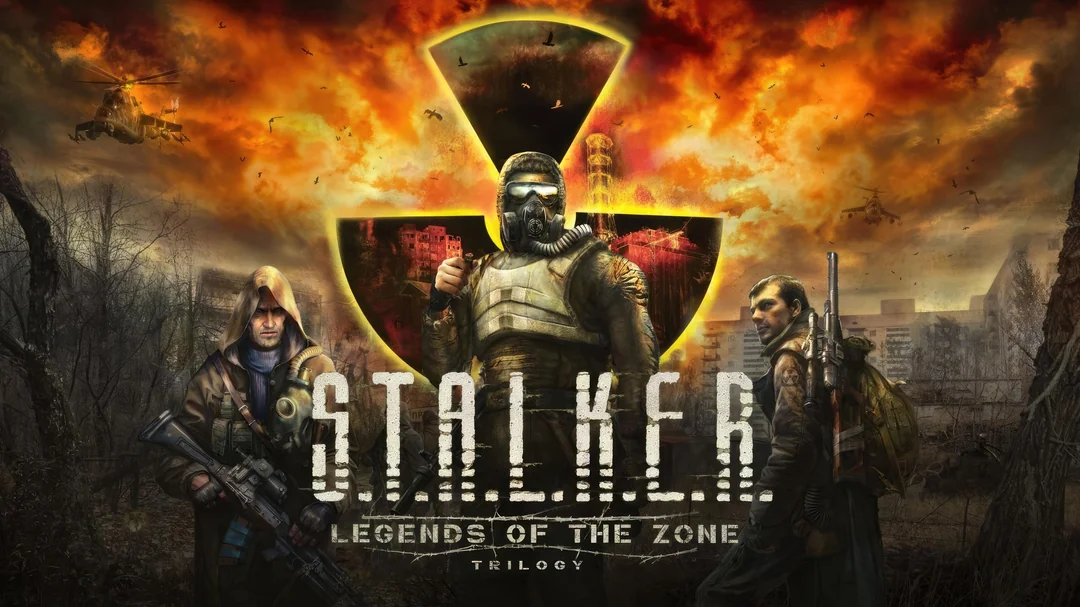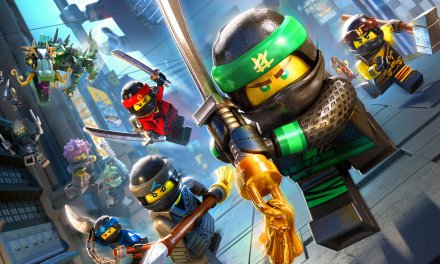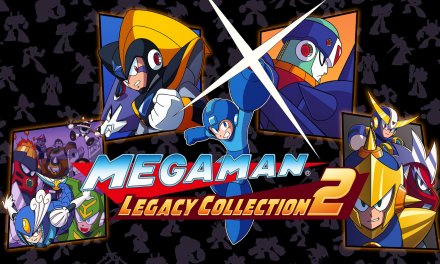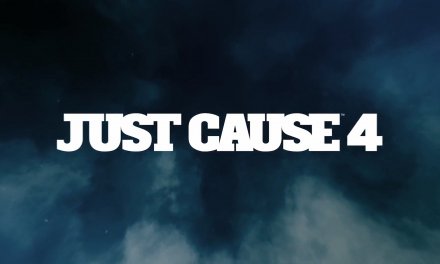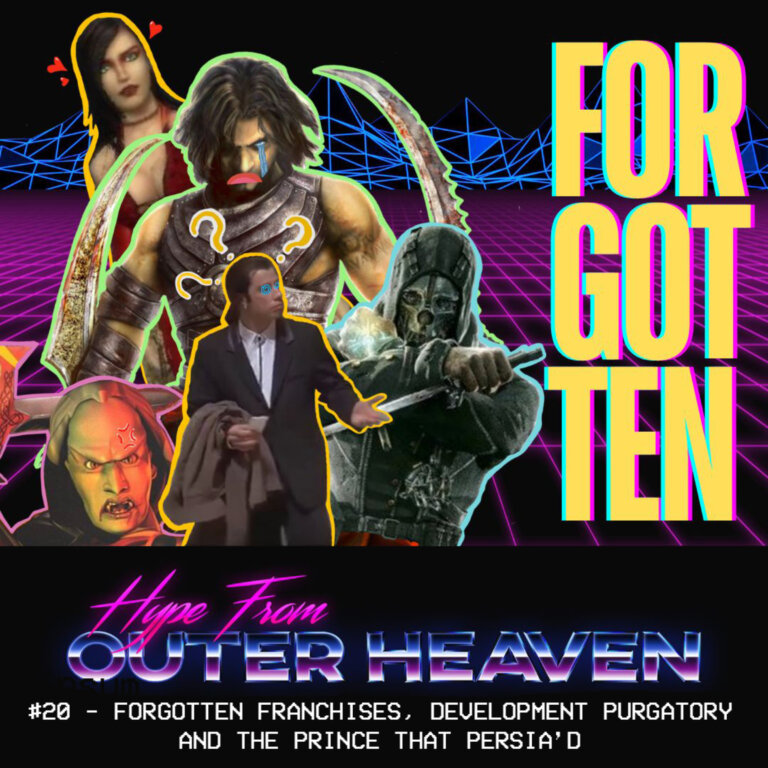The Cold War was a very strange time for the world. The remnants of WW2 led to a very isolationist closed off Soviet Union that gave birth to many rumours and myths about the vast unknown state. Fantastical ideas such as mind control, space weapons and out of the box ideas lived rent free in American leaders heads. To be fair with some they had some reasons to worry with some of these ideas having some basis in reality. The large plane – but not a plane – known as the ‘Caspian sea monster’, the constant buzz that still rings today called UVB-76 and the absolute vastness of Russia were prime material for the imagination to go wild. In short – The Soviet Union was a weird place, and with the meltdown of Chernobyl in 1986 it got a whole lot weirder. In the years that followed you had this huge area called the “Exclusion Zone”, filled with abandoned towns, vehicles and transport systems all left to rot to time that won’t be habitable again for about 20,000 years. The fallout from the disaster has apparently also led to some interesting biological mutations in the forests around the area. Well why do I mention all this? Secretive nations, undercover experiments, insane new weapons, expansive wastelands filled with the unknown and biological mutations? It’s perfect for video game material – and this is where STALKER comes from.
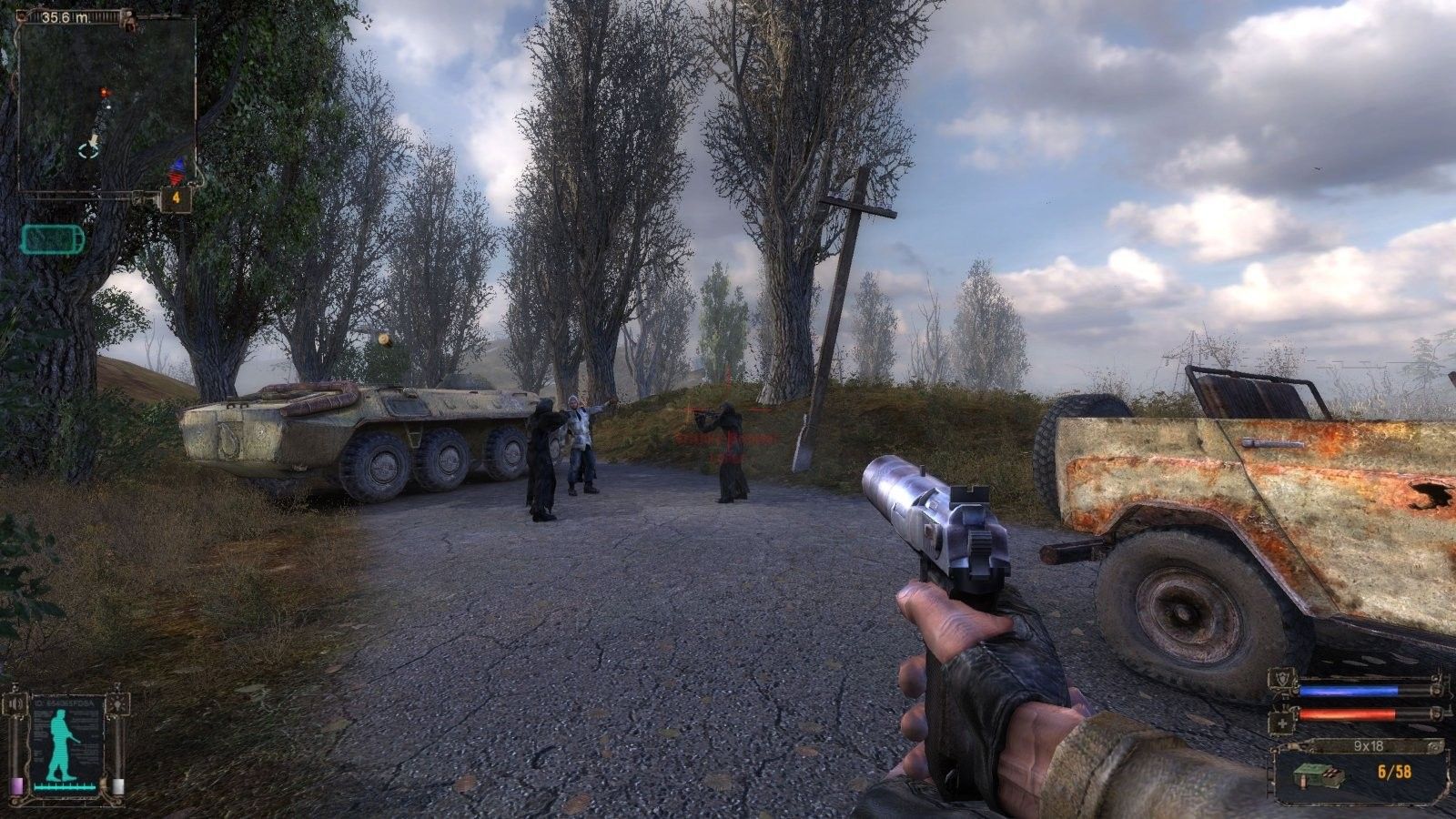
I’ve always been interested in the series, but much like some of the prominent PC only games of the 2000s (Also Witcher 1) it would stay on PC with no other way to play it. Well luckily for us, all 3 of the Stalker games have gotten a release for modern consoles with updated visuals and quality of life updates. With a sequel on the way it makes sense to go back and see where this beloved PC series came from, and I was very excited to finally play this game.
Legends of the Zone comprises of the original 3 games released in the 2000s. Shadow of Chernobyl (2007), Clear Sky (20080 and Call of Pripyat (2009). The game takes place in an alternate history following the Chernobyl disaster in 1986, where a second disaster has created different anomalies that don’t adhere to the laws of physics. The player takes control of the “marked one” and is tasked with various objectives throughout the different games, usually accumulating into getting the overall centre of the map, whilst completing objectives along the way. For the time the game took a more interesting approach with it’s non-linear progression. These were in the emerging days of “The open world sandbox” which every game has since become, and sure it was a thing back in 2007, but rarely did you see it with FPS games at the time. Stalker drops you into a large game world just south of the Chernobyl plant, you’re given a vague objective and it’s up to you on how you want to proceed. Once you get some basics out the way you can explore and go where you want – within reason, you need better gear at a point, but it’s that classic go where you want to go, pickup different missions and find new loot as you explore. For the time it was pretty impressive, and probably why it was a PC only title as the menus can feel a bit clustered. It’s pretty funny to me that your ‘quest tracker’ is a very dated looking PDA device, which no doubt for the time was seen as a top end bit of kit, but now is notably dated. Speaking of this device, it’s very informative, showing you your tasks, map, journal, log, contacts and other information, which again is a lot of info for the time. It was clear they intended this to be a more immersive experience and not just some run around shoot game.
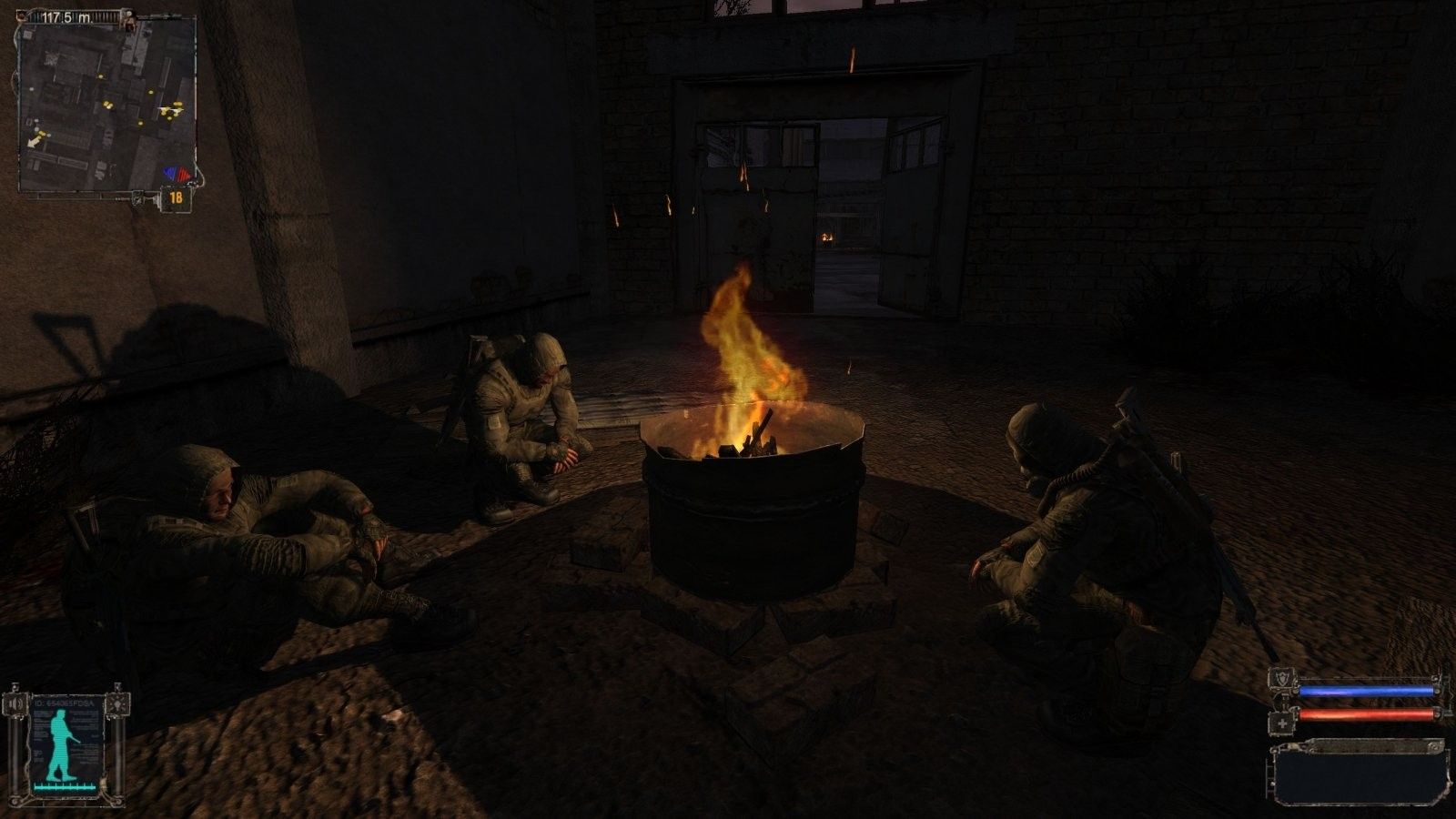
But how does it play? What can I expect going in? Does this 15 year old game translate well to console? Well this is where things start to get a bit muddled. The game is very jank. It feels awkward to play at times from the controls and just some gameplay choices of the time. Again this is a PC only game from the 2000s, and you can really tell. Graphically the game is fine, don’t expect this to be an absolute retexture that makes the game hold up to modern games. In fact this game, even with an overall update, barely holds up to games that came out a few years ago. That isn’t at all to say it looks bad, this is just the reality of a 15 year old game. There isn’t much you can do. That been said the overall aesthetic the game has is very of the era, but absolutely helps it out with it’s almost liminal aesthetic. The real lack of anymore major graphical fidelity in some parts adds to it’s isolated and desolate feel, absolutely the type of feeling you want in a game set in the middle of nowhere. The sound and weather effects add to this, with an overall hum in the background adding to the idea that something just isn’t right in this place. It’s not exactly a pretty game by any metric, but it’s on where the dated design adds to that looming feeling.
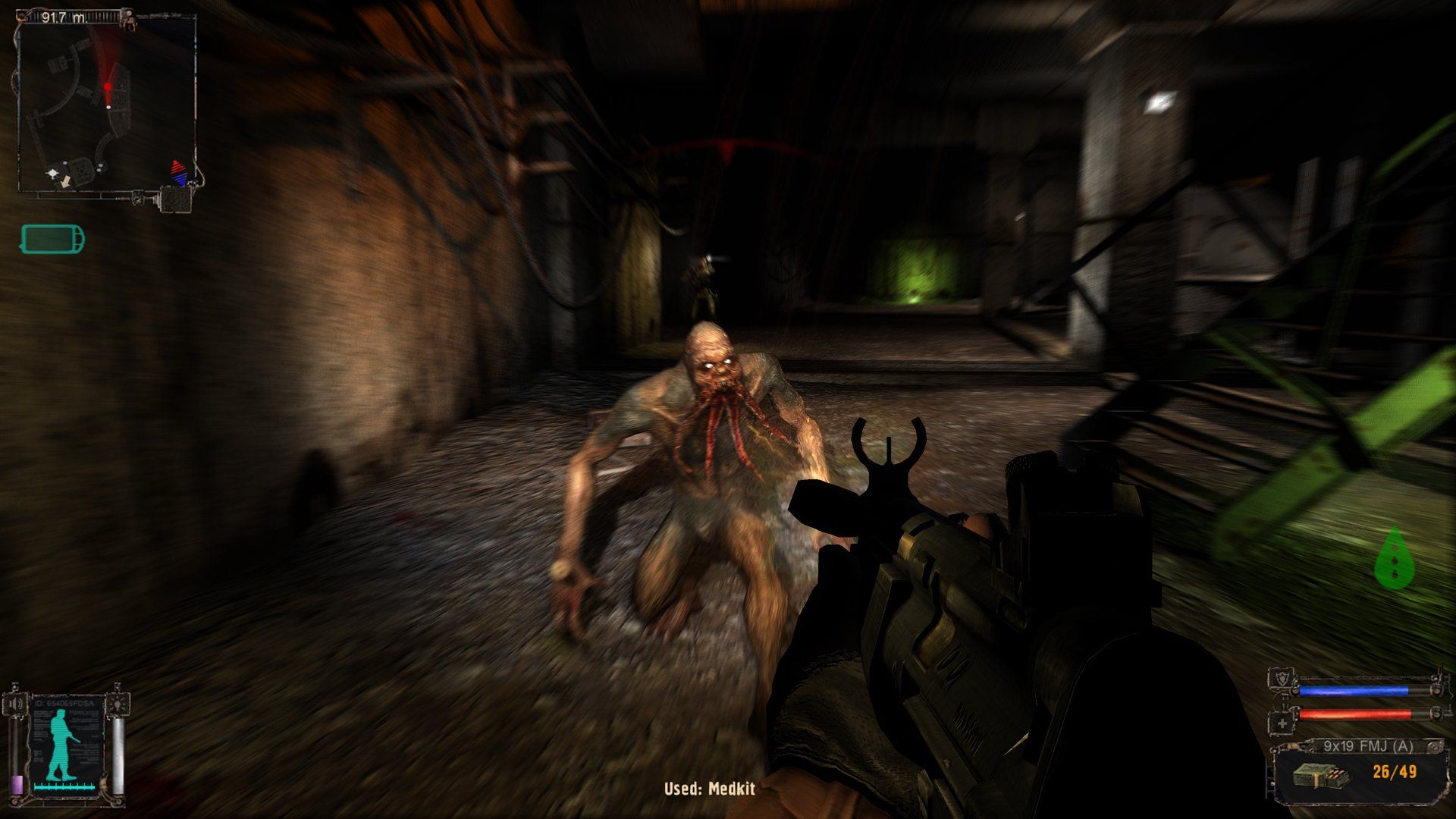
Obviously, the most important thing you’re going to be doing is shooting with your gun, and honestly, it’s pretty jank. I’m not sure if this is just a product of PC to console transition but I found it difficult at times to aim and shoot some one. The controls have real issue with stopping and locking when I want it to. General acceleration of the aiming reticule is also an issue and at times it felt I was wrestling with the aim assist to just get my gun actually aiming where I wanted it too. There are options to mess around with this, but it’s an annoying task. What isn’t annoying is the addition of a weapon wheel, something all games should have now as I can’t imagine scrolling through all your weapons to find the right one. Enemy AI is another area of classic PC jank though. Enemies will either be super dumb and run into an open area to shoot you, but if they do get the drop on you then it’s sorta game over as an entire enemy clip can deplete your health in no time. This is an issue with the aforementioned aiming problems I had and I often had to do areas again and again to retain the most amount of health when clearing an area. This is down to the games, arguably dated design of how health works. Health packs have been the norm in video games since they began, but staring with HALO, games starting adding regenerative health. Now it’s up to you to decide what’s a better option and I think there is a balance, but Stalker goes down the route of health pack only, and if you run out of health packs and are in a difficult spot, well too bad. The game also does that of the era thing of not really explaining much of what’s going on? Again I feel this is because this is PC centric game to get yourself immersed in but I often found myself been hit with random debuffs, random damage, crazy radiation poisoning and I didn’t understand what was going on. No doubt some one will be “Well don’t expect the game to hold your hand!” and sure, you can make that argument, but with this series been released to an entire new generation who aren’t used to these types of games, I think some basic tutorials could’ve been added.
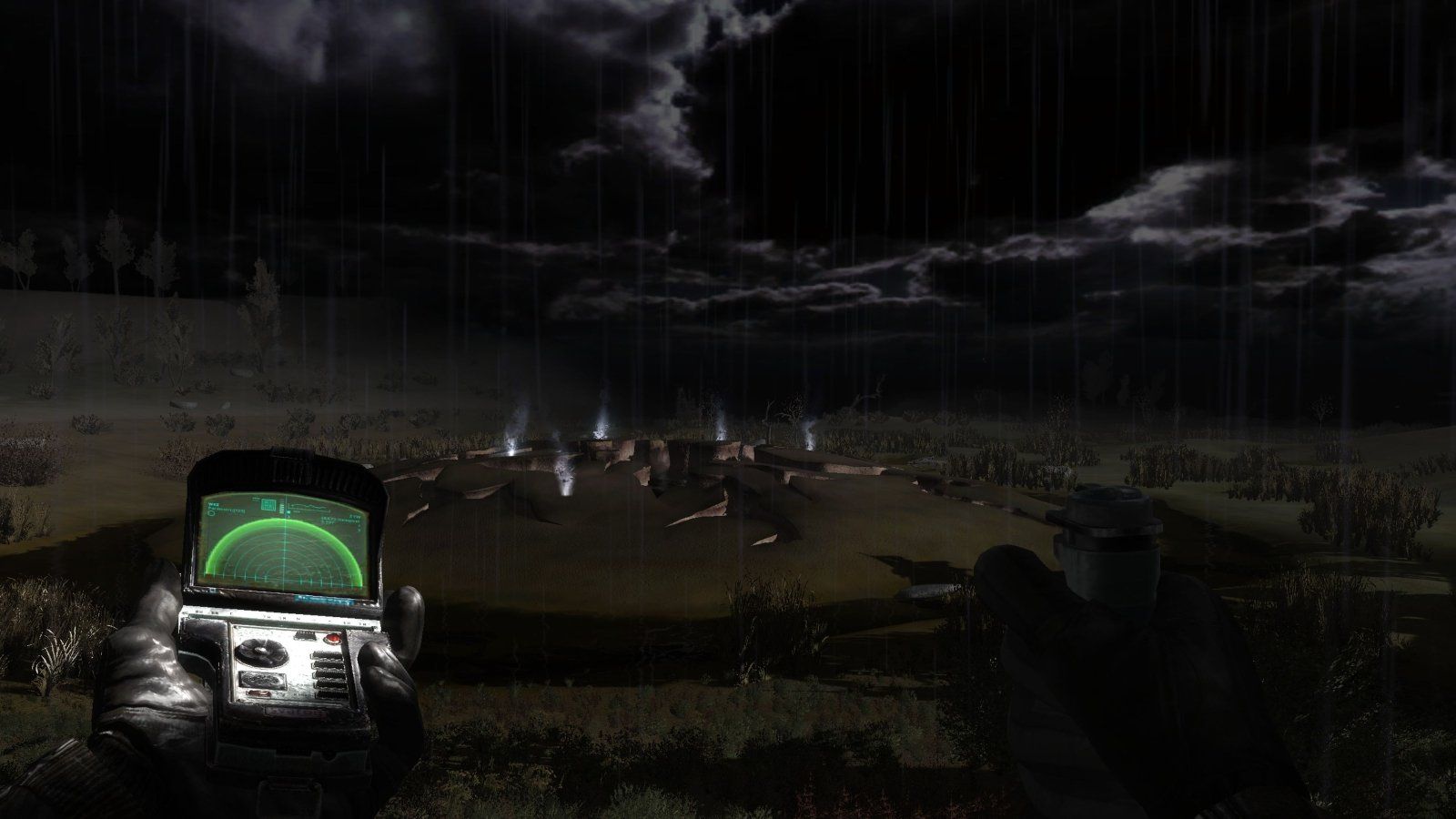
The STALKER games are a much immersive set of games to really get invested into, but it will require some fine tuning of your controls and understanding the game mechanics to really sink into this game. It’s painfully obvious you’re playing a PC game here, but if you can overcome some of the dated aspects there’s a lot to enjoy here. Apparently mod support is on the horizon and could possibly fix some of the issues I had with the games. The trilogy is currently priced at £32.99 for both Xbox and PS5 and that’s a pretty solid price for all 3 games. This also makes me excited for it’s sequel and especially since other games of the style – mainly the Metro series, have fallen of the radar a bit in recent years. If you want an explorative game set in a desolate Soviet world filled with haunting anomalies with an overall sense of unease, then the Stalker trilogy is for you. Just expect a fair amount of dated design, controls and mechanics of the time to overcome first.
An Xbox Series S/X review code was provided by GSC Game World.

